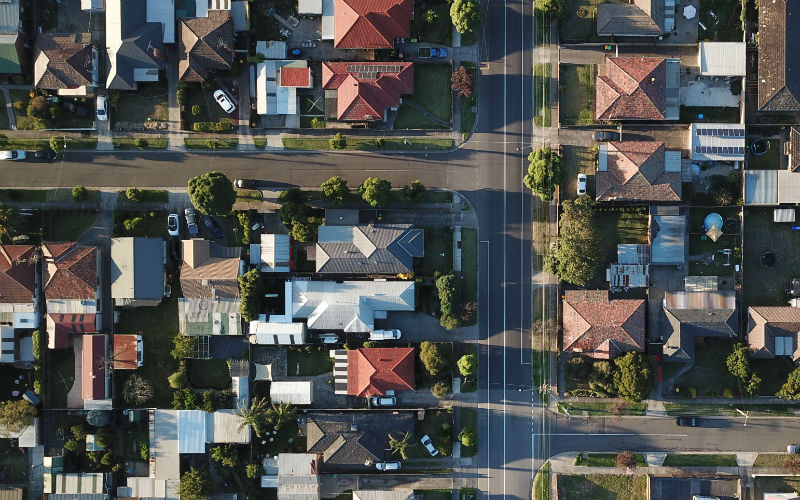According to the CoreLogic Home Value Index (HVI), the median property price in Australia was $759,437 as of 31 January.
The 0.4% monthly increase marks a reacceleration in the growth rate, after both November and December saw prices go up 0.3%.
Prices are now 8.7% higher than this time last year after 12 straight months of growth, with Perth (up 1.6%), Adelaide (up 1.1%) and Brisbane (up 1.0%) all reaching new record nominal highs.
CoreLogic Research Director Tim Lawless says demand is continuing to strengthen, despite high interest rates.
"Housing demand has been buoyed by high migration, but also tight rental markets that have probably incentivised renters to transition towards home ownership if they can afford to do so," he said.
Growth wasn't uniform though, with slight declines in Melbourne (-0.1%), Hobart (-0.7%), and Canberra (-0.2%), while there was more marginal gains in Sydney (up 0.2%) and Darwin (up 0.3%).
Perth keeps leading the way
Continuing a familiar pattern from 2023, Perth saw the largest gains in January, with the median price up 1.6% through the month.
Perth property values are now 16.7% higher than in January 2023, with six SA3 areas including Gosnells and Rockingham seeing dwelling values increase by more than 20% over the past year.
Despite this though, Mr Lawless called Perth property "relatively affordable" compared to most other capital cities, with a median price below that of Sydney, Melbourne, Brisbane, Adelaide and Canberra.
Louis Christopher of SQM Research is among many analysts who believe the signs point to more big gains for the WA capital throughout this year.
"Perth [is] very likely to record price rises based on super tight rental conditions, a better-than-expected global commodities market and minimal exposure to the financial services sector, where we believe there may be significant job losses," Mr Christopher predicted at the end of 2023.
Read more: Perth suburbs to watch in 2024
Buyer confidence to keep improving?
Mr Lawless says consumer confidence could be one of the key factors in how prices develop this year.
"Historically there has been a strong correlation between consumer confidence and home purchasing activity," he said.
"Although this relationship has diverged a little in 2023, which is probably attributable to high migration and
unusually tight rental conditions, any lift in consumer attitudes should play out positively for housing market
activity."
On Wednesday, the ABS revealed softer than expected headline inflation for the December quarter, with prices rising just 4.1% over the preceding 12 months.
With inflation continuing to moderate, it looks all but certain the RBA will keep rates steady at 4.35% at next week's monetary policy meeting.
Economists from CommBank and Westpac expect rate cuts to begin around September, and with cost of living pressures looking likely to ease as well, buyer sentiment might continue to improve as the year goes on.
Mr Lawless however says any loosening in monetary policy is likely to be a "cautious and gradual process," with a long way to go before rates get back down to the pre-Covid average.
"While lower interest rates will improve borrowing capacity and help to lift sentiment, we would need to see the cash rate drop by almost 1.8 percentage points, equivalent to more than seven ‘standard’ 25 basis point cuts," he said.
He said a normalisation to overseas migration numbers could also help ease demand, with net migration projected to moderate after record numbers in the 2023 financial year, although he also pointed out the traditional "lag" for home buying from immigrants.
"There is a lag in home buying activity from permanent migrants, suggesting we are likely to see the recent peak levels of migration flow through to purchasing activity over the coming years," he said.
For those concerned another price surge would price them out of the market entirely, Mr Lawless said regulator APRA could potentially be influential.
"Although housing outcomes are outside of APRA’s mandate, holding the serviceability buffer firm or pulling other policy levers such as loan-to-income ratio or debt-to-income ratio limits could minimise the chance of a home price surge as interest rates fall," he explained.
Picture by Tom Rumble on Unsplash

Ready, Set, Buy!
Learn everything you need to know about buying property – from choosing the right property and home loan, to the purchasing process, tips to save money and more!
With bonus Q&A sheet and Crossword!

